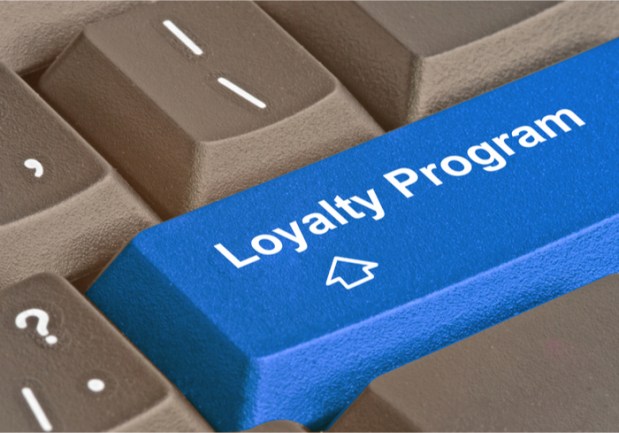Today’s Loyalty Chatbots And Apps Evolved From S&H Reward Stamps

Just before the 20th century, two entrepreneurs found a new use for stamps — other than postage on a letter.
Thomas Sperry of New Jersey and Shelley Byron Hutchinson of Michigan came together to form the Sperry and Hutchison Co. They sold stamps and redemption books to retailers, who would distribute them to their customers.
Sperry and Hutchison Co would then accept stamps from the retailer’s customers at redemption centers in exchange for items in their catalogs ranging from bicycles to furniture. In the 1960s, the S&H catalog listed 178 pages of items in all.
Believe it or not, the company printed nearly three times as many stamps as the post office. And nearly 80 percent of American households collected the stamps at Sperry and Hutchison’s (S&H) peak.
S&H has evolved into S&H Greenpoints, which launched a website in 2000. And, yes, the company still accepts redemptions of those stamps for items in its online catalog — years after they may have been printed.
The Punchcard
Restaurants and cafes got into reward programs, too — with punchcards. The cards offered customers a free coffee or half-sandwich if they visited as store a set number of times.
But while they might get customers to visit an establishment multiple times — and they are certainly easy to use — they are, in some ways, a relic of the offline world. In comparison to paper cards, modern programs often can offer more data to retailers.
Modern loyalty programs can collect customer information such as the number of times they visit a location — and can break that down by day or month. Those programs can also track how much a customer spends at a restaurant as well as their average check.
Overall, well-run loyalty programs can increase customer lifetime value and return on investment (ROI). Two thirds — or 66 percent — of consumers said they changed their spending in order to get more points. As a result, its possible that members of loyalty programs will spend more per visit.
And loyalty rewards program customers tend to offer more word-of-mouth recommendations. One report said that loyalty members are 73 percent more likely to recommend a brand that has a solid loyalty program.
But, for retailers, loyalty programs can provide a treasure trove of information. As a result, when S&H moved beyond stamps, it started collecting customer demographic data when the company re-launched in the early 2000s. To induce people to provide information like their education, age or zip code, Greenpoints offered bonus points to those who signed up online.
The hope was that Greenpoint’s retailers would be able to take their cache of data about their best customers and start offering them customized promotions. At the time, the program seemed to catch on: One supermarket chain gave out 50 million Greenpoints and reported that customers were redeeming them, too.
Retail Rewards
In 2015, American Express launched its own loyalty program offering called Plenti, which captured a lot of attention by offering customers the ability to collect loyalty points at a variety of retailers under a single heading. The concept was like a credit card rewards program without the credit card.
Consumers signed up at a participating merchant or through Plenti’s mobile app and earned “Plenti points” each time they spent money in any form — via cash, credit or debit card — through merchants within a “coalition.” Their choices were limited, as Plenti only offered one merchant per category. Exxon-Mobil was the only fuel partner and Macy’s was the only department store, for example.
Plenti did manage to ensure the non-competition part of the coalition, but its goods offerings were asymmetrical. Consumers could — and apparently often did — generate points at “staple” shops like grocery stores and gas stations, places where points are relatively easy to collect, before expending those points at Macy’s, where they could be used against a wider range of goods.
But it didn’t bring new business into the store for Macy’s. As a result, the retailer announced in January that it would be exiting the Plenti program as of March. The news came after several retailers announced at the start of the new year that they would leave the program as well.
The Future of Loyalty
The loyalty program lives on in programs like Punchh, which has taken the idea of punch cards used at restaurants and turned them into an app to be used at the point of sale. The company even has a customer segmentation tool for restaurant owners, according to a TechCrunch report.
Punchh also has a restaurant loyalty chatbot offering, for example, that uses messaging apps to place food orders which help consumers earn and redeem points. Through point-of-sale systems integration, the company seeks to connect people to restaurants on any touchpoint.
At the time of its launch in 2017, Punchh’s CEO, Shyam Rao, said the chatbot reaches customers on platforms that they already use such as Facebook Messenger and Alexa.
And while the delivery might change from stamps to chatbots, the idea of reaching customers where they are — whether its the supermarket or a restaurant — still rings true today.
